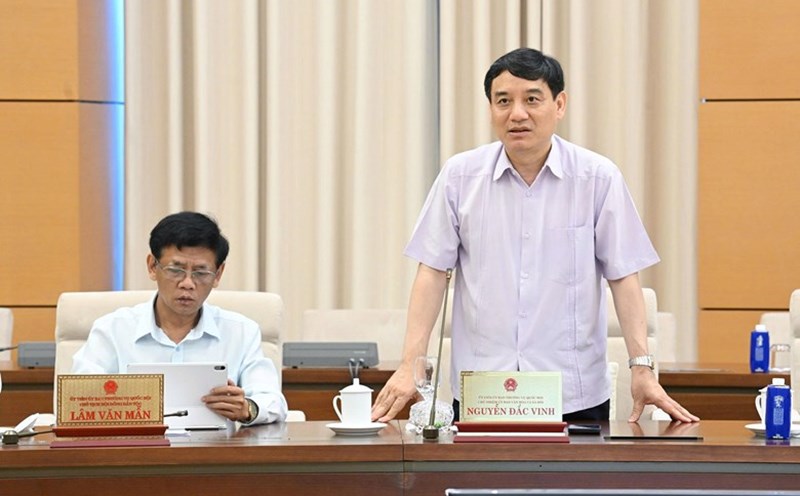According to the National Center for Hydro-Meteorological Forecasting, at 4:00 a.m. on September 23, the center of super typhoon No. 9 Ragasa was at about 19.8 degrees north latitude; 118.8 degrees east longitude, in the northeastern sea of the northern East Sea.
The strongest wind near the center of the super typhoon is level 17 (202-221km/h), gusting over level 17. The super typhoon is moving west-northwest at a speed of about 20km/h.
In the face of the complicated developments of storm RAGASA, Vietnam Electricity Group (EVN) has set up a rapid information group to promptly direct, and plans to organize meetings and inspect the scene of post-storm preparation and recovery work at the units.
Currently, the national power system is still operating stably. The hydroelectric reservoirs strictly follow the dam safety operation procedures; 11 reservoirs are being released to regulate and ensure flood prevention capacity. EVN directs units to regularly monitor and coordinate with localities to warn downstream when operating reservoirs.
Hydropower plants increase inspection and regulation of dam safety; Thermal power plants review drainage systems, fuels, and warehouses to prevent flooding.
In addition, power transmission and distribution units focus on reinforcing works, inspecting vulnerable routes, arranging forces, vehicles, and materials to be ready to restore incidents. The regulation and communication work is on duty 24/7, ensuring smooth command and control channels.
For projects and construction sites, EVN requires stopping outdoor construction when the storm is dangerous, while anchoring equipment and reserving necessities for local forces.
According to the scenario, before the storm makes landfall, units must complete the reinforcement work and move materials and equipment out of the danger zone. When the storm makes landfall, proactive power outages will be implemented in unsafe areas, prioritizing the retention of power for key loads such as hospitals, command information, and natural disaster prevention.
After the storm, units checked safety before restoring power, announced a recovery roadmap according to the level of damage, and coordinated with the authorities and rescue forces for timely handling.










